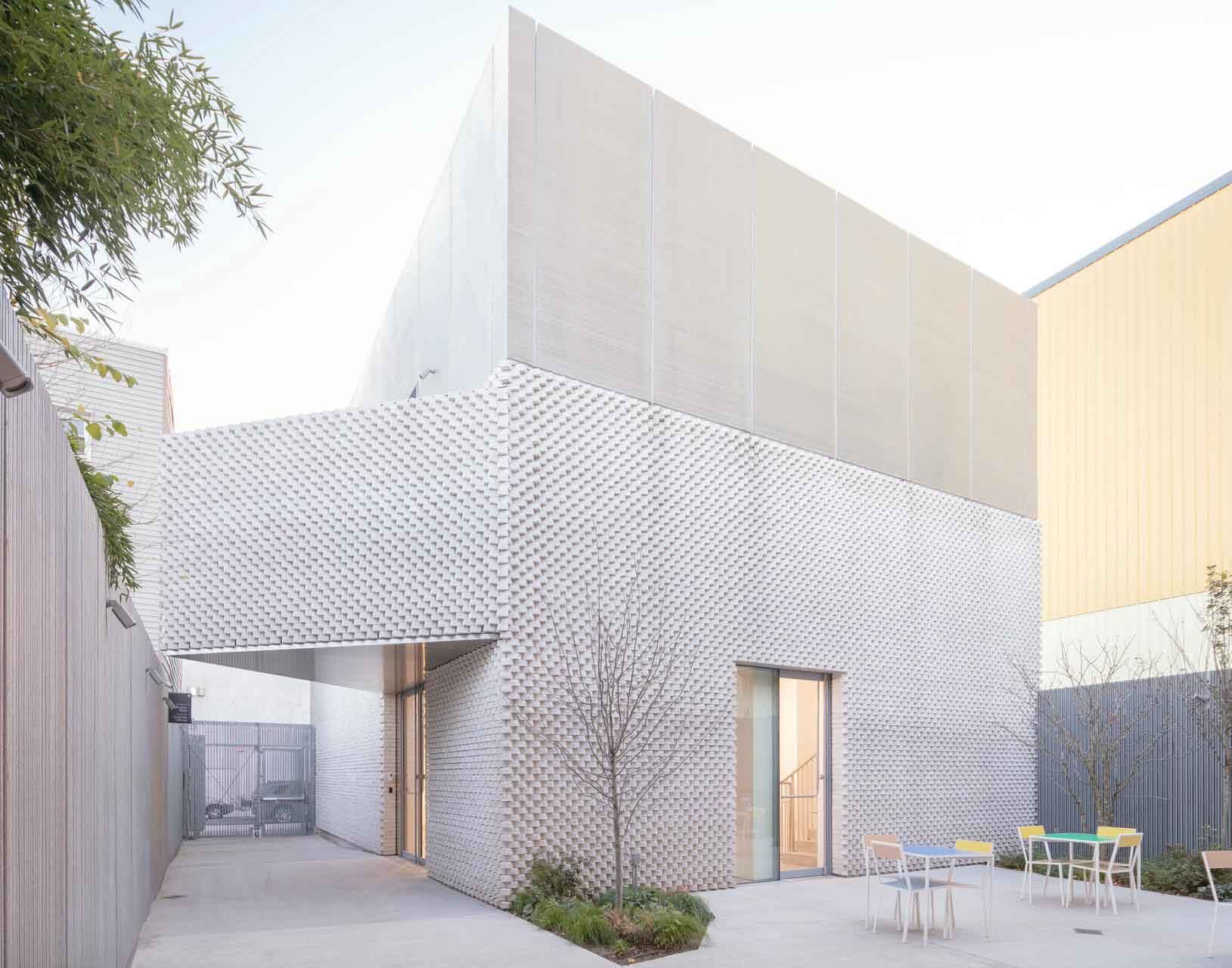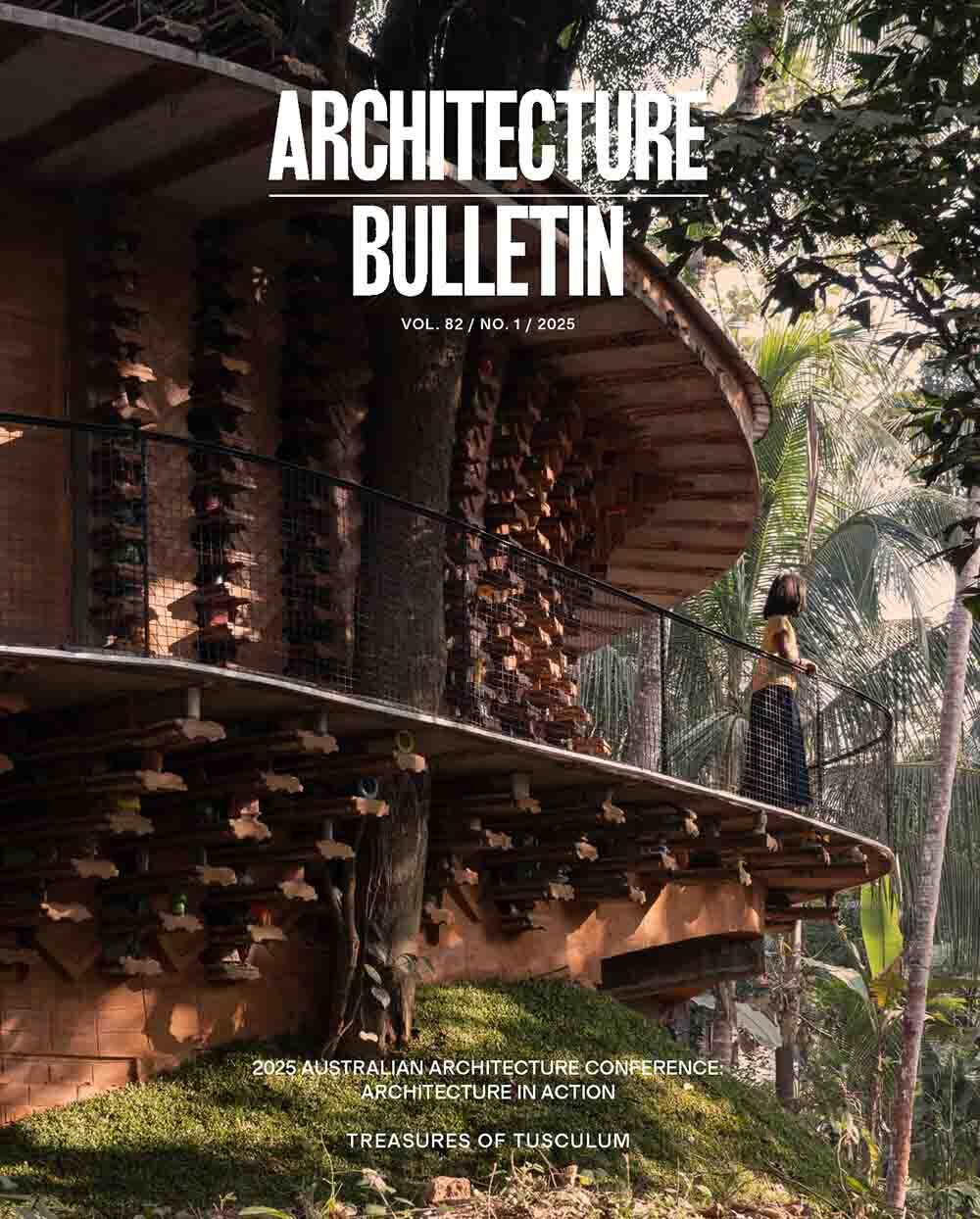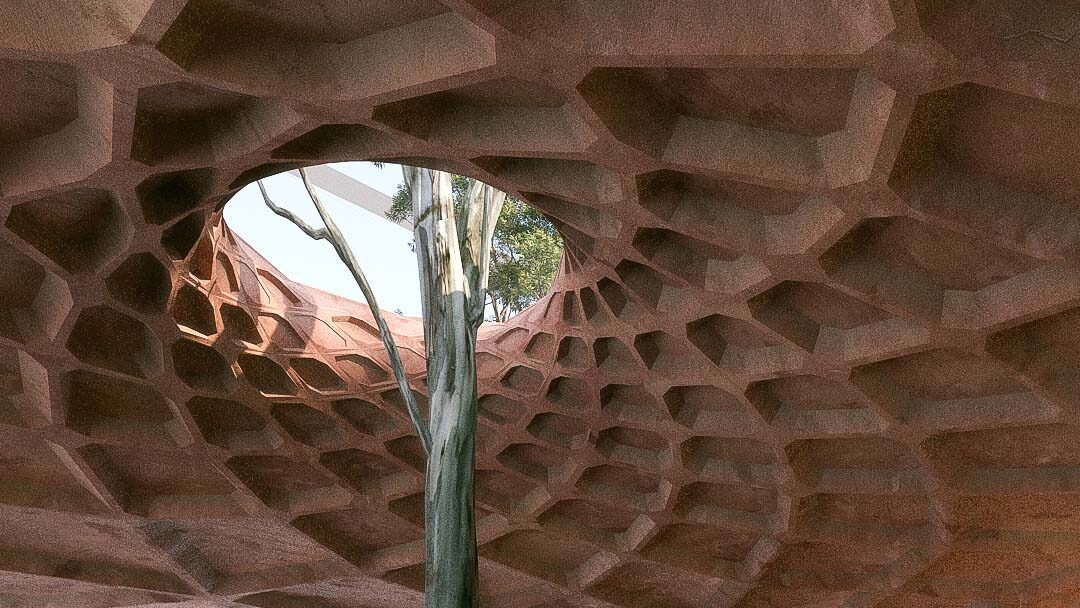Since co-founding SO–IL with Florian Idenburg in 2008, Jing Liu has led a body of work that is spatially inventive, materially nuanced, and profoundly reflective. From the playful Pole Dance installation for MoMA PS1 to the Kukje Gallery in Seoul, the Manetti Shrem Museum of Art, and Site Verrier in France, the practice’s projects span scales and geographies, but share a commitment to experimentation, collaboration, and precision.
Kawai Yeung: Congratulations on the remarkable practice you and Florian have built since 2008. Let’s go back in time – your journey began in Tokyo in 2001, and then in 2008 you co-founded SO–IL. What inspired you both to start the practice, especially amid the global financial crisis?
Jing Liu: I think we inspired each other, both personally and professionally. We’d each wanted to start our own practice – to be an author and experiment on our own terms. But when we reconnected in New York – after first meeting at SANAA in Tokyo – it felt like the right moment, although we came from different directions. Florian was seeking something unfamiliar to his Dutch background and ended up in Japan. I was looking for something new – in America, but through Japan and Europe.
Despite the financial crisis, we weren’t discouraged. Architecture, to us, is a marathon. If it wasn’t that crisis, it would be the next one. We’re both optimistic – and we felt that spirit was needed in the profession. In New York, the architecture community is small and supportive. We just thought let’s not quit because times are tough. Let’s keep laughing, creating, and keep making our built environment better.
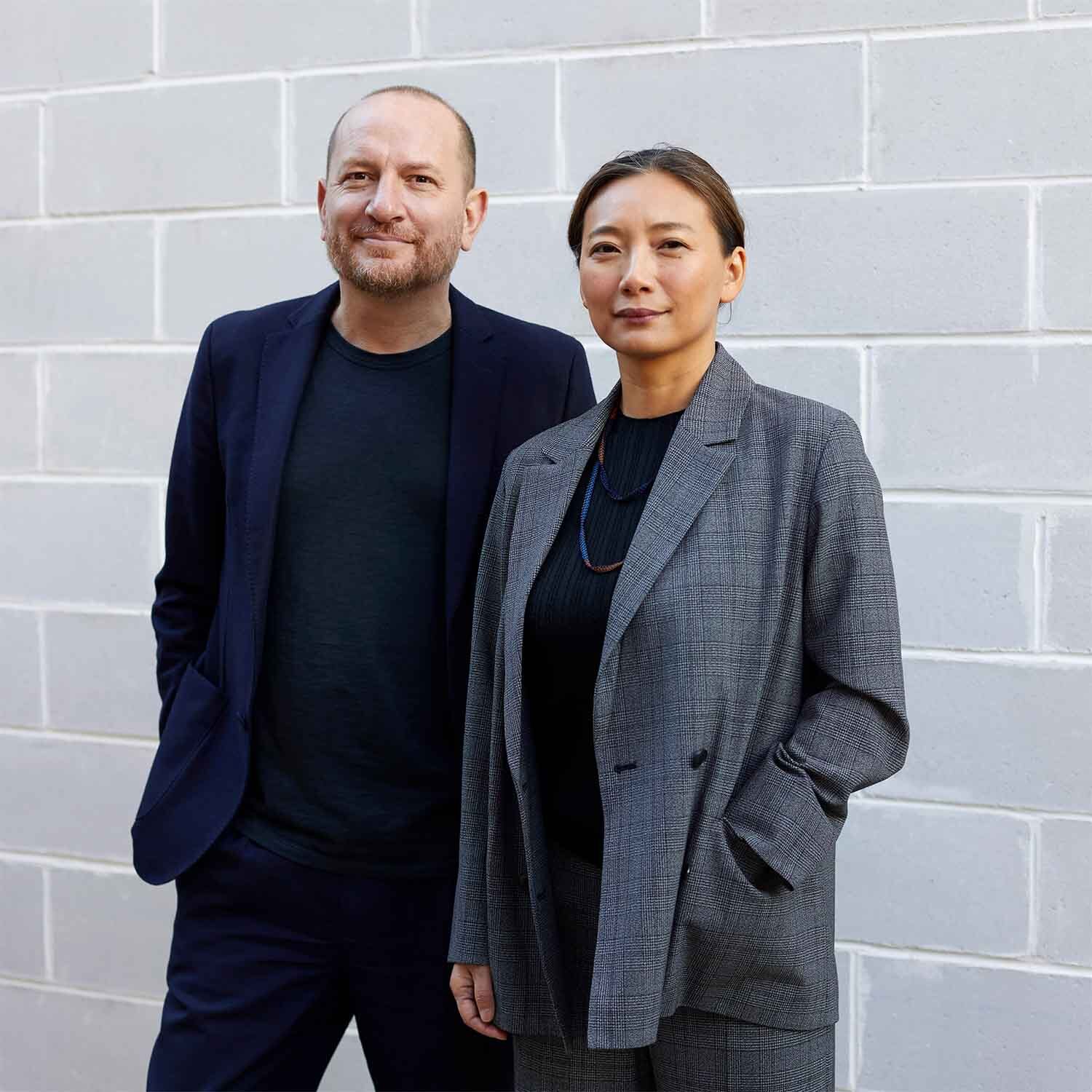
Kawai Yeung: That optimism really shines through in early works like Pole Dance – so playful and joyous. How did those formative projects shape your trajectory?
Jing Liu: We had a lot of similarities in the way we think and approach things. We often joke that we “grew up in broad daylight.” When we won the MoMA PS1 Young Architects Program with Pole Dance, we’d just opened our office. There was no time to formulate our approach or prepare our spiel – we were figuring it out as we went.
What emerged naturally was this spirit of experimentation and playfulness. Projects like Pole Dance or the Manetti Shrem Museum have an openness and ambiguity that invite joy and generosity. And over time, those qualities have become central to our design.
Kawai Yeung: That spirit of experimentation – and your distinct aesthetic – often comes through in your material choices and elastic forms. There’s tactility and craft, but also intelligence and restraint. I know model making is a key part of your process. How does it shape your explorations?
Jing Liu: It’s in our name – Solid Objectives, right? We’ve always been committed to translating ideas into physical reality. In the 1990s, when we were in school, so much avant-garde and experimental architecture remained on paper. But we were interested in what kind of condition produces what kind of architecture, and what kind of material realities they produce. Architecture being scrutinised, experiment on, and pushed – that’s something we were committed to from the beginning.
For every project we try to be very precise and also try to just pick it apart – all the rules that govern the outcome. From supply chains, procurement processes to the building codes or financial models behind it – we try to understand what kind of architecture they produce – to understand comprehensively and find improvement within it.
If you believe in architecture as a physical thing, then you have to get comfortable with the physical object from the beginning. That’s why we push physical model-making, even in early design phases. You have to physically wrestle with the problem to understand it deeply.
That’s something we learned at SANAA – make 20 similar models, and spend time cutting, sanding, polishing, and studying them. You start to see how small differences become meaningful. That’s why we use a lot of physical models for the early design studies. We also stay very much involved in the fabrication process, including the material sourcing of important materials. We also stay closely involved on site, even when the projects are really far away. We try to get our hands dirty, so to say.
Kawai Yeung: You’ve also taught extensively – and architectural education has changed a lot with increasing digitisation. Has teaching informed your practice?
Jing Liu: Digital tools were already a big part of our education in the ‘90s and early 2000s. We embrace digital tools and scripting in our practice – they help with iteration and information management. But I do worry that digital representation can create a false sense of control or authorship – because of the ease of rapidly producing seemingly completed imageries and drawings, or complex diagrams.
Often, I tell students: just because you have drawn a cosmological diagram of all stakeholders doesn’t mean that you know them. Have you actually gone there, talked to them and discussed the issues? Representation isn’t comprehension. So, I caution against slipping into laziness or becoming more afraid of dealing with the real thing.
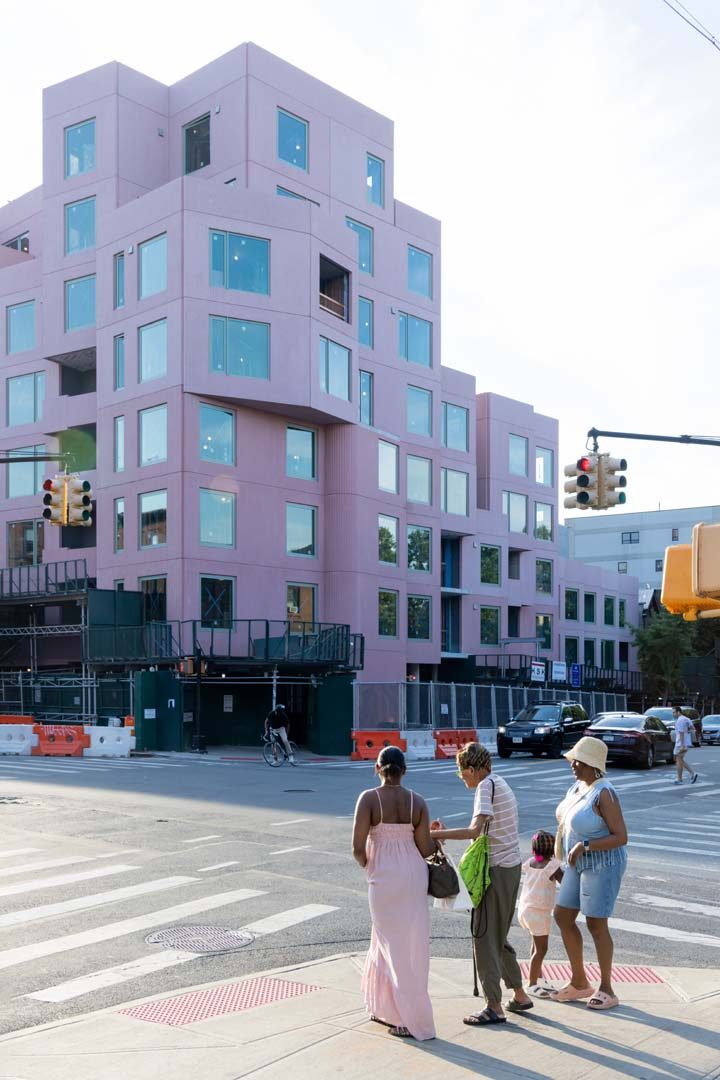
Kawai Yeung: Many of your projects also incorporate art installations or collaborations with artists. How have those influenced your architectural work?
Jing Liu: Art installations allow us to loosen up. Architecture comes with a lot of liabilities and constraints; installations let us run a bit loose and test ideas in a freer space. We’ve worked with dancers, choreographers, artists, scientists. These collaborations often seed ideas that evolve into our larger projects.
For example, we recently worked again with the artist-scientist Mariana Popescu using large-format 3D knitted textile to make the concrete formwork for the upcoming Venice Biennale. Our first collaboration was Common Thread in Belgium – a tunnel we knitted together. It’s in the former monastery that was open to the public for the first time. It freed us from the confines of an extruded plan with posts, beams and shear walls. The space was warped and flipped – so when you were inside, it ejected you out, and then you could loop around the entire object to come back in.
These kinds of complex, mathematical spatial manipulations usually only exist in computers – the abstract realm; but with the right technology, we realised them in real life. It’s exciting to think how those ideas might influence future bigger projects.
Even with Pole Dance, the idea of a structure that moves and shifts found its way into the plan of the Manetti Shrem Museum. The openness and fluidity, as if it’s dancing – those concepts persist.
Kawai Yeung: Your work now spans the US, Mexico, Europe, Asia. How do you navigate different cultural and regulatory contexts while maintaining the ethos of your practice?
Jing Liu: Most of the places we work are somewhat familiar to us – we collaborate with local partners and understand the context enough to know where we can push. If you’re very unfamiliar with the context, it’s much harder. You need a very strong local partner in order to co-create, and you also need to become more familiar with that context.
This is our first Australian project, so it’s hard to generalise. But what’s compelling about Laak Boorndap is that it’s a transformation – a super interesting design topic. The original precinct was built in the 1970s, during a very different era of architecture and urbanism, void of discussion about the environment, or what this land used to be.
So, we’re looking at a site through time – what it was, how it has grown as part of the city, what it might become. The original buildings were very much machines: concrete, pumps, mechanical systems that are clunky – a late-modern vision of a cultural symbol powered by whatever technological might people had of the time. We’re asking how to soften that machine, make it more intelligent, but also how to reclaim older deeper histories.
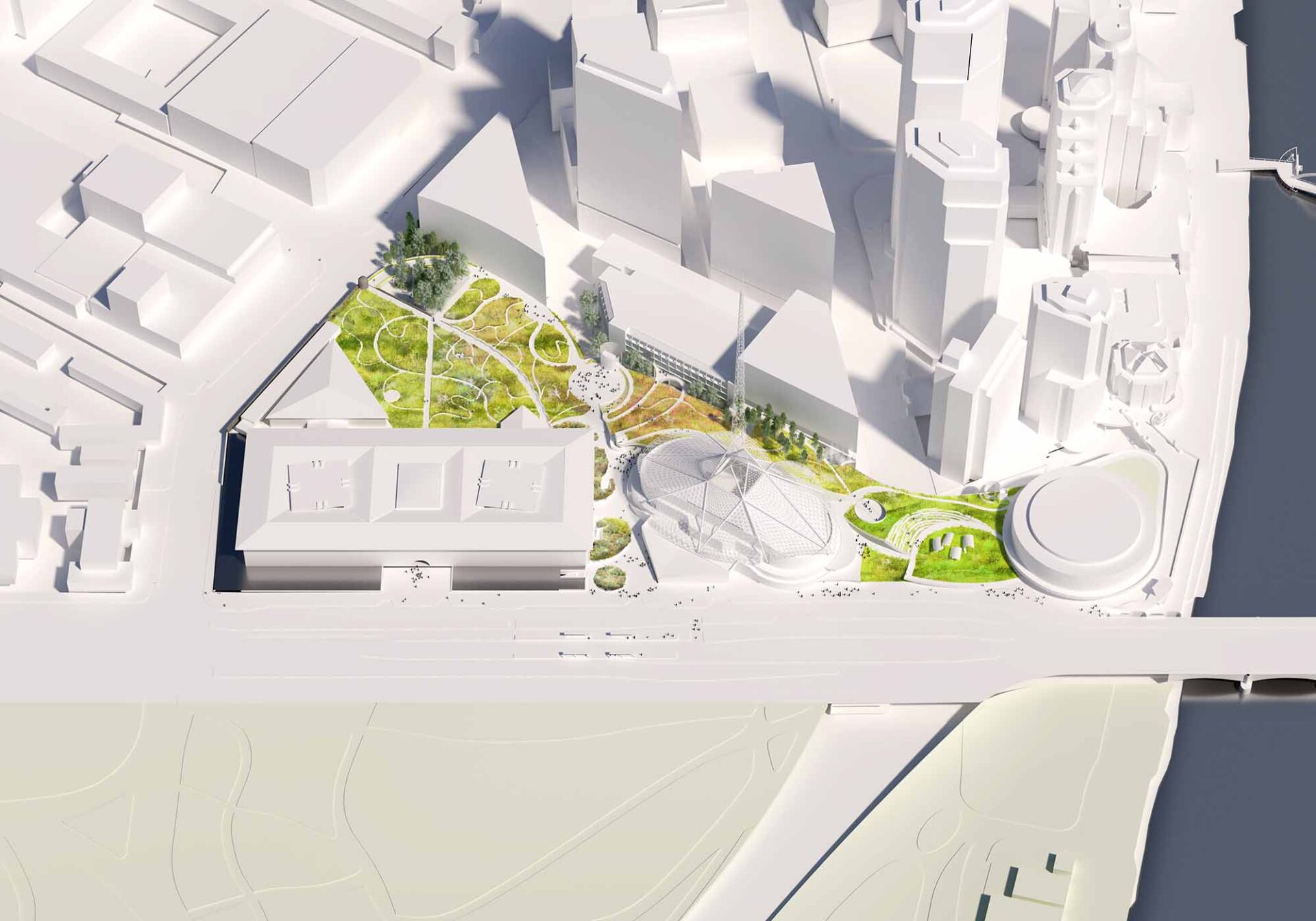
So that means reconnecting back to the river that was canalised. The site used to be marshland with water flowing between the water and the land. We’ve tried to bring softness and the water back in here – creating intuitive reminders that this was once a riverbank, not a canal bank, and a place of flowers, plants, animals – not just human.
Art comes out of nature, so I’m hoping the design communicates that – that people feel we’re connected to the past, the future, the art, the birds, and the rivers, as one continuous whole.
Jing Liu AIA
Jing Liu, founding partner of SO – IL, combines global awareness with local insight in mission-driven projects. Leading innovative construction techniques and urban transformations, her work spans the Kukje Gallery, K11 Museum, MLK Library, and Melbourne Arts Precinct. As a board member and director, she champions design culture and global exchange. Her academic roles at Columbia and Princeton, along with numerous prestigious awards, further highlight her leadership and contributions to architecture.
Kawai Yeung FRAIA
Kawai is a co-founder and director of Kaunitz Yeung Architecture. She is committed to driving positive change through ethically responsible architecture and co-designing with communities where that is needed most – including remote and regional indigenous communities, the Pacific Islands and post-disaster reconstruction in the Asia Pacific. She is passionate about designing projects that act beyond the physicality of architecture, and strives to provide social and economic benefits to the communities she works with.
